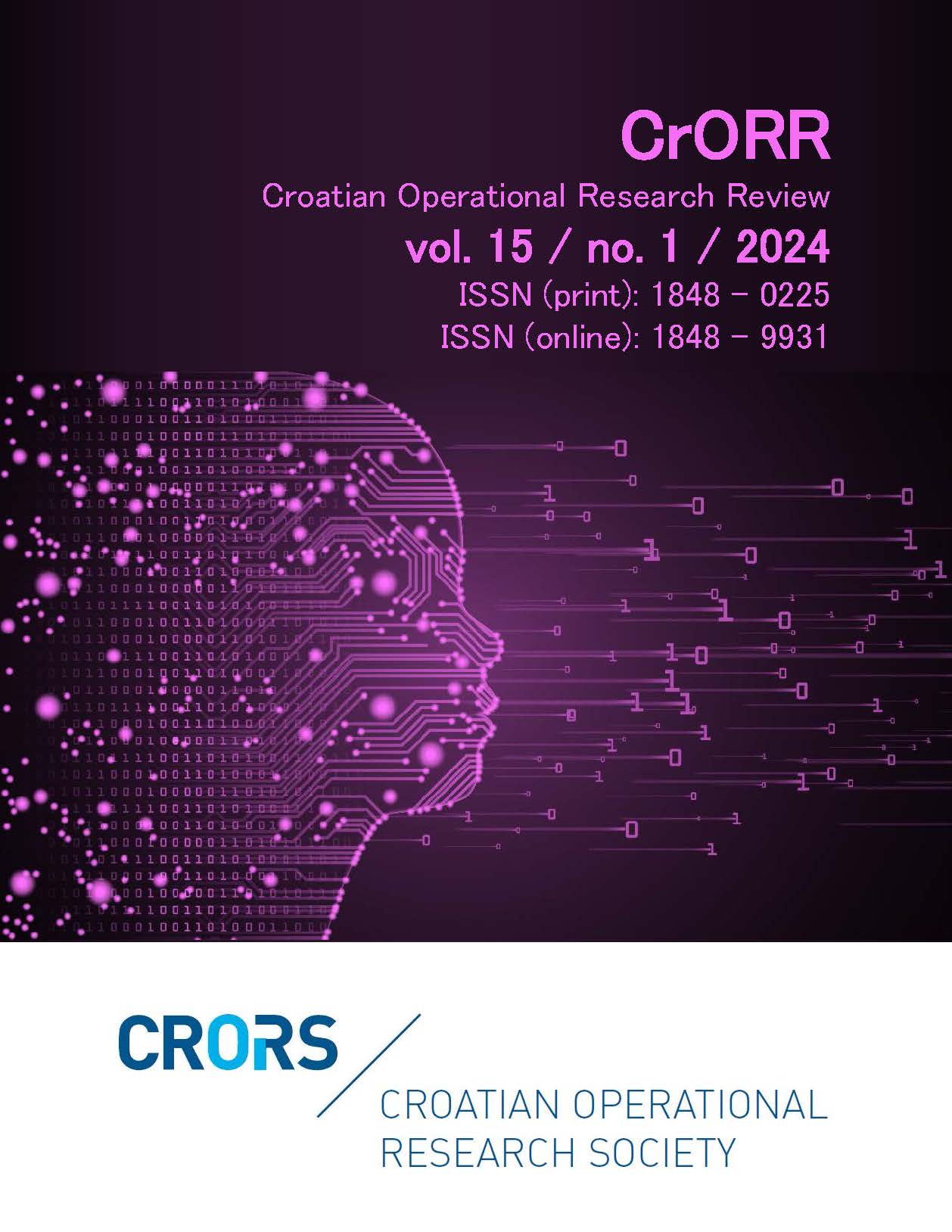Analyzing correlations between approaches to analyzing decision-making styles
Abstract
Descriptive decision-making theories center on the analysis of individuals' decision-making styles (DMSs). Different approaches have been used to study DMSs, but this study focuses on two approaches: those of (1) Scott & Bruce and (2) Rowe. Scott & Bruce categorizes DMSs into rational, intuitive, dependent, avoidant, and spontaneous, whereas Rowe delineates them into analytical, behavioral, conceptual, and directive. Previous studies have independently used these approaches to identify dominant DMSs or to establish correlations between DMSs and various personal characteristics. In this study, both DMS approaches were concurrently used to examine their correlations. The sample comprised 263 students, and correlation analyses were conducted on the entire dataset and its subsets while considering different characteristics (i.e. students' gender and study program, and the data collection timeframe). Multivariate correlation, along with descriptive statistics, was employed to investigate the correlation between the two approaches. The analysis revealed a positive correlation between the behavioral and dependent styles and a negative correlation between the avoidant and analytical styles. Additionally, the examination of the dominant and submissive styles indicated a significant connection between the analytical and rational DMSs. Overall, the two approaches exhibited weak connectivity. For a more comprehensive understanding of decision-makers' behavior and enhanced predictive capabilities, the concurrent application of the two approaches is imperative.
Downloads
Published
Issue
Section
License
- Authors retain copyright and grant the journal right of first publication with the work simultaneously licensed under a Creative Commons Attribution License that allows others to share the work with an acknowledgement of the work's authorship and initial publication in this journal
- Authors are able to enter into separate, additional contractual arrangements for the non-exclusive distribution of the journal's published version of the work (e.g., post it to an institutional repository or publish it in a book), with an acknowledgement of its initial publication in this journal.
- Authors are permitted and encouraged to post their work online (e.g., in institutional repositories or on their website) prior to and during the submission process, as it can lead to productive exchanges, as well as earlier and greater citation of published work (See The Effect of Open Access).


